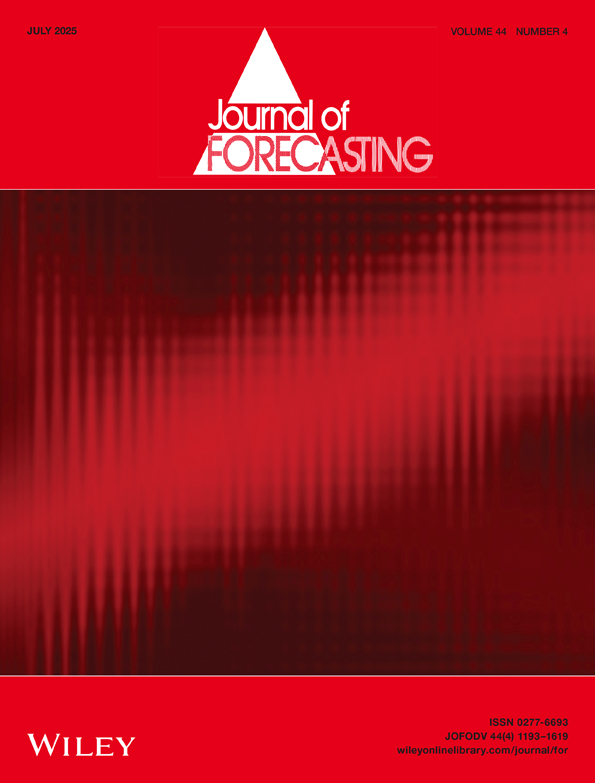Trade and Economic Activity: Nonlinear Modeling and Forecasting
ABSTRACT
Motivated by the increasing role of trade in global economic developments, this paper derives novel econometric methods to forecast global trade by exploiting the relationship between economic activity and trade itself. We empirically document that the relation between trade and economic activity changes along the business cycle—the stronger the cycle, the larger their elasticity. Consistently with theoretical predictions, such cyclicality depends on two key factors: (i) the high pro-cyclicalilty of the demand for intensively traded items and (ii) the presence of low-frequency (“trend”) components in trade and GDP series. We show that the latter is key to generate a cyclical income elasticity of trade and that a linear relationship holds once those components are filtered out. These empirical findings are exploited in two original empirical approaches to map GDP forecasts, for which rather accurate and timely projections are available, into world trade forecast. In an out-of-sample real-time forecasting exercise, with both the proposed methods, we obtain predictions that are vividly more accurate than naive linear models and nearly halve the forecast error of the IMF-WEO.
Open Research
Data Availability Statement
The data that support the findings of this study are available from the corresponding author upon reasonable request. The views expressed in this article are those of the authors and should not be considered as reflecting those of the Bank of Italy or the Eurosystem.




